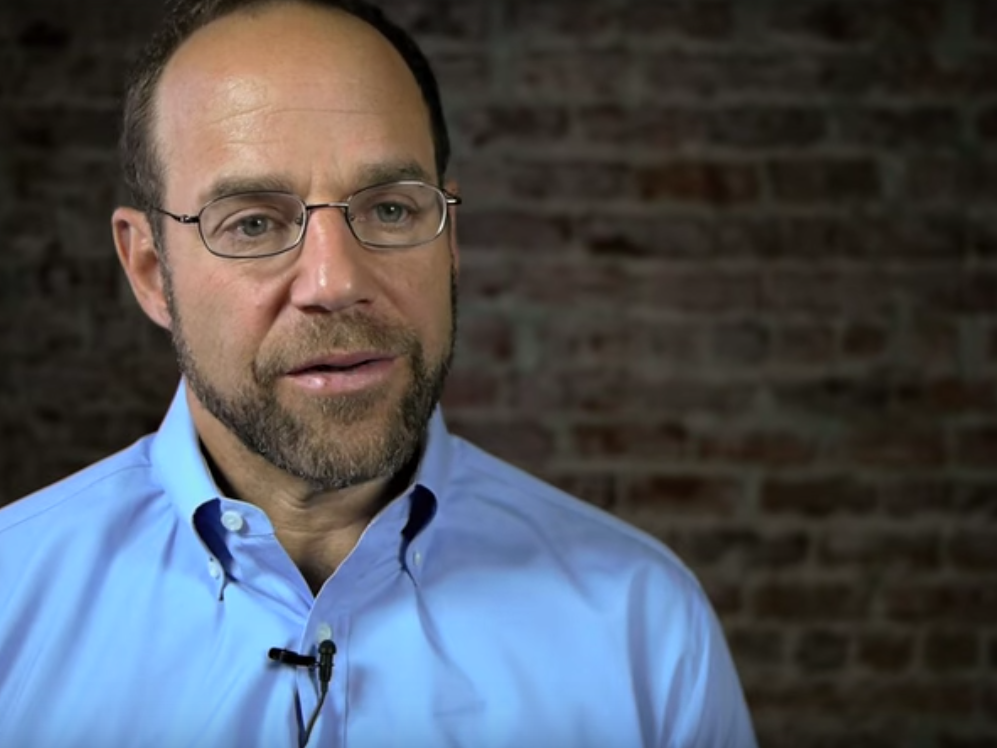Peter Levine, General Partner of the famed venture capital firm Andreessen Horowitz, stunned the cloud world, claiming that Edge Computing will hasten the end of cloud computing as we know it. It’s a bold statement to make, but he does make several valuable insights into how technology will develop in the near future.
You can watch his presentation here:
The End of Cloud Computing from Andreessen Horowitz on Vimeo.
What is Edge Computing?
- Edge computing – a paradigm where compute moves closer to the source of data.
- Addresses many challenges that enterprise IT faces when running data-centric workloads in the cloud.
- Reduces the amount of data that flows back and forth between the datacenter and the public cloud.
- Will enable IT to retain sensitive data on-premises while still taking advantage of the elasticity offered by the public cloud.
- Reduces the latency involved in dealing with public cloud platforms.
– Janakiram MSV, Forbes Contributor
In cloud computing, the processing power is always centralized. Data has to travel from a device to servers, where it gets processed; and the output is then pushed back to the device.
This centralization of compute power has advantages as well as disadvantages. If you are looking for real-time feedback and your data volume is going through the roof, for example, the time you need to move large chunks of data back and forth from the nearest datacenter will make real-time…well, a not-so-real-time proposition.
Peter Levine argues that the growth of IoT and edge devices will push the computation task out of datacenters and closer to these edge devices. In his example, he cites the evolution of self-driving cars to note that this shift of computing – from a centralized to decentralized model – is already happening.
If self-driving car technology can be self-contained, where it generates all the data it needs, through the multiple devices and built-in sensors, processes it, services actionable intelligence and executes it, then it will be much more effective compared to a car that generates all the data, sends it to the nearest datacenter for processing, gets the feedback and then acts on it.
For this transition to happen, edge devices need to get better and better, which will happen as the IoT industry takes off. When he talks about the end of cloud computing, he is talking about shifting the computing tasks to edge devices.
IoT still needs cloud to be efficient, but computing may start gravitating towards the end points, and there is nothing wrong with it.
Thanks for reading our work! We invite you to check out our Essentials of Cloud Computing page, which covers the basics of cloud computing, its components, various deployment models, historical, current and forecast data for the cloud computing industry, and even a glossary of cloud computing terms.




